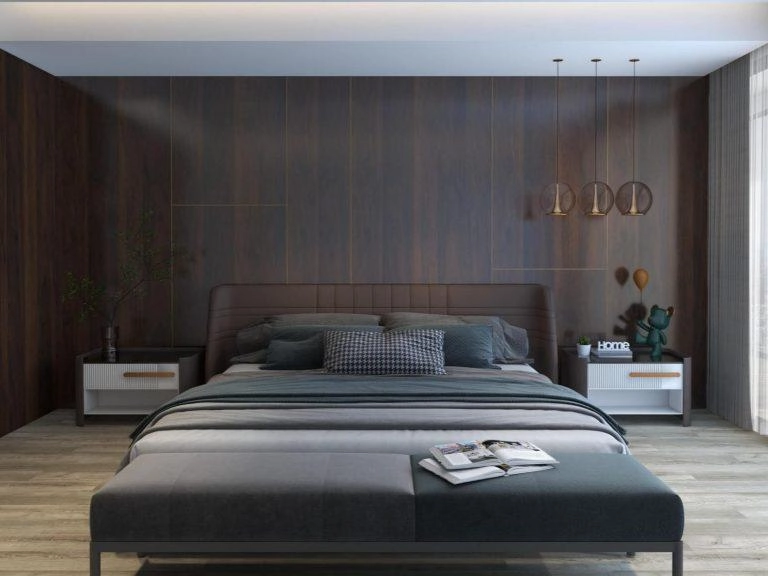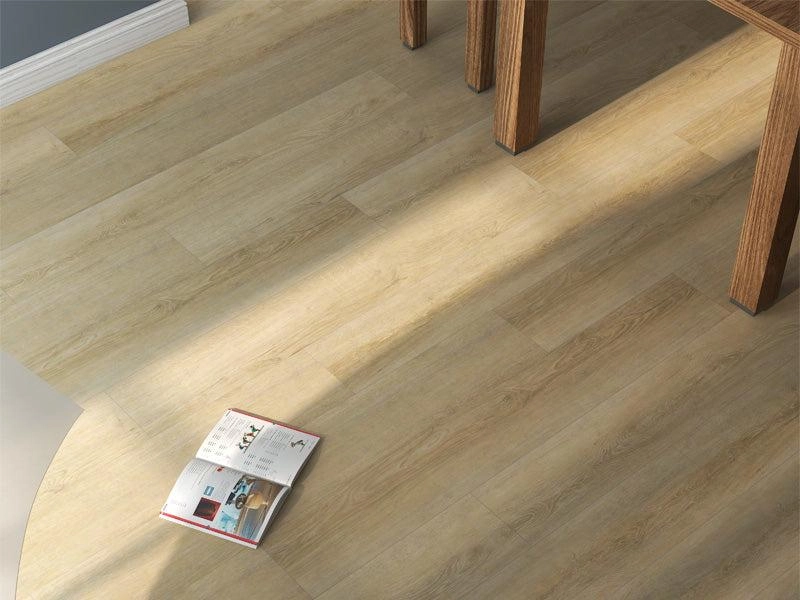Sound treatment is key to making spaces work well and feel nice. This applies to recording, working, learning, or eating. The count of acoustic panels in a room changes how well noise is soaked up, echoes are cut, and overall sound ease. Too few panels give bad sound and bounce. Too many make the spot feel too flat. This guide gives a simple, step-by-step way to find the right number of acoustic panels for different room kinds.

General Rule of Thumb: 15–40% Coverage Ratio
For most rooms, start by covering 15% to 40% of all wall and ceiling space with acoustic panels under OEM/ODM services. This range keeps a good mix of noise soak and natural feel. Small or loud rooms often need near 40%. Big or empty spaces may do with 20–25%.
Step-by-Step: How to Calculate Your Required Panel Quantity
Step 1: Measure Your Room Dimensions
Begin by checking the length, width, and height of your room. Multiply length by width for floor space. For walls, multiply length by height for each wall. Then add them up. If treating the ceiling, add its space too.
Step 2: Decide on a Target Coverage Percentage
Pick a goal based on room use:
Offices or classrooms: 15–25% Recording studios or home theaters: 25–40% Restaurants or open spots with high bounce: closer to 30–40%
Step 3: Calculate Treated Area
Multiply the full surface space (walls and ceilings to treat) by your goal percent. For example, in a 10×12 ft room with 8 ft ceilings, wall space totals 352 sq ft (two 10×8 + two 12×8). Picking 25% coverage gives: 352 × 0.25 = 88 sq ft of sound treatment needed.
Step 4: Convert Area to Panel Count
Divide the full treated space by the size of panels you will use. If using standard 2’x4’ panels (8 sq ft each): 88 ÷ 8 = 11 panels.
Step 5: Adjust for Panel Performance (NRC & Thickness)
Not all panels are the same. Thicker ones soak more low sounds. Thinner ones handle mid-high sounds. Think about NRC (Noise Reduction Coefficient). A panel with NRC of 1.0 soaks all sound that hits it. One with NRC of 0.6 soaks 60%. Higher NRC means you may need fewer panels.
Types of Acoustic Panels to Consider
Absorbers
Soak-up panels cut bounces and echo by turning sound into heat. They are usually made from foam, cloth-covered glass fiber, or rock wool.
Diffusers
Diffusers spread sound over tones and ways instead of soaking it. These fit music rooms and theaters where clear and lively sound is key.
Bass Traps
Low sounds build up in corners. Bass traps are thicker, heavier panels put in up-down or side corners to handle low sound pile-up.
Ceiling Clouds & Baffles
Ceiling fixes are vital in tall or open spots like entry areas and eateries. Clouds hang flat to the floor. Baffles hang straight down. Both cut up-down sound bounces.
Room-by-Room Coverage Examples
Home Theater
A home theater gains from a mix of soak panels and spreaders. Use about 25–35% coverage:
Soak panels on side walls and ceiling Spreaders on back walls Bass traps in corners
Example: A 12x16x9 ft room may need around 14–18 standard panels.
Podcast or Recording Studio
Studios need set sound for clean records:
Soak coverage: 30–40% Panels behind speakers and near mic spots Bass traps in all four corners Ceiling cloud over mix desk
Estimate: A small 10×10 ft booth might require at least 10–12 panels including corner traps.
Office or Conference Room
To cut speech bounce and boost clear talk:
Use 15–25% coverage Put panels on matching walls and ceilings Add ceiling baffles for open offices
A standard conference room (15×20 ft) may need around 12–15 standard panels.
Restaurants or Worship Spaces
Big open spots make big echo:
Coverage may go from 25–40% Focus on ceiling baffles and wall panels near bounce surfaces Put soak panels at ear level around eat zones or seats
Large restaurants may need up to 100+ sq ft of treatment based on setup.
Living Room or Classroom
In multi-use spots:
Aim for at least 20% coverage Use wall soak panels and some ceiling fixes Don’t block windows or decor items
A medium classroom (20×30 ft) could require around 20–25 panels.
Placement and Layout Best Practices
Panel spot is as key as count:
First bounce points (side walls, ceiling over listener) Corners for low sound control Across from speakers or sound makers Spread even to skip too much damp on one side
Use mirror trick for first bounce points: Sit where you listen. Have someone slide a mirror on the wall. Where you see speakers is where to put a panel.
Common Mistakes to Avoid
Skip these errors:
Guessing low panel count by missing ceiling bounces Loading one surface but skipping others Using only foam panels with low NRC Missing bass traps in music making spots Putting all treatment behind speakers not in bounce areas
Testing and Fine-Tuning
After panels are up:
Do a clap test. Sharp echoes mean more treatment. Use room EQ tools to check tone response. Shift panels a bit to fix bounces. Add rugs or curtains if needed for extra soak.

Conclusion: Balancing Science and Aesthetics
Sound treatment is part art and part science. It mixes right panel count with smart spots fit to each room’s goal with clients services. From a calm office to a pro studio, exact panel plans are vital for good results.
Latitude has strong pretty acoustic panels products made from new WPC stuff. Decorative Panel (WPC, Wood Plastic Composite) is a novel composite material composed of natural wood powder, plant fibers (cane), lightweight calcium carbonate (stone powder), and polymer resin. It is supplemented with flame retardants, foaming agents, stabilizers, polyethylene wax (PE wax), and produced through high-temperature extrusion, molding, lamination, and other processing techniques. These traits give better lasting power, style options, green safety, and great sound soak and energy save. They fit any inside sound job. Pick Latitude’s WPC acoustic panels to mix looks with work that holds up.
FAQ
Q: Can acoustic panels be painted or customized with artwork to match interior decor?
A: Yes, many acoustic panels can be painted with non-blocking acoustic paints or printed with custom artwork using breathable inks, preserving sound absorption while enhancing visual appeal.
Q: How do acoustic panels perform in humid environments like bathrooms or outdoor patios?
A: Moisture-resistant acoustic panels made from PET, fiberglass with sealed edges, or WPC materials maintain effectiveness in high-humidity settings without warping or mold growth.
Q: Are acoustic panels effective at blocking sound transmission between rooms?
A: Acoustic panels primarily absorb internal reflections; for sound isolation, combine them with mass-loaded vinyl, decoupled walls, or sealed door sweeps to reduce transmission.
Q: What maintenance do acoustic panels require over time?
A: Vacuum fabric-wrapped acoustic panels regularly with a brush attachment; wipe smooth surfaces with a damp cloth and mild detergent, avoiding harsh chemicals that degrade absorption.




